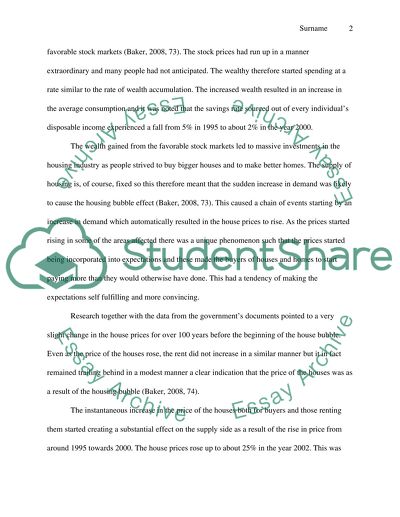Cite this document
(“Housing Markets in the Financial Crisis of 2008 Essay”, n.d.)
Housing Markets in the Financial Crisis of 2008 Essay. Retrieved from https://studentshare.org/finance-accounting/1438132-the-role-of-housing-markets-in-the
Housing Markets in the Financial Crisis of 2008 Essay. Retrieved from https://studentshare.org/finance-accounting/1438132-the-role-of-housing-markets-in-the
(Housing Markets in the Financial Crisis of 2008 Essay)
Housing Markets in the Financial Crisis of 2008 Essay. https://studentshare.org/finance-accounting/1438132-the-role-of-housing-markets-in-the.
Housing Markets in the Financial Crisis of 2008 Essay. https://studentshare.org/finance-accounting/1438132-the-role-of-housing-markets-in-the.
“Housing Markets in the Financial Crisis of 2008 Essay”, n.d. https://studentshare.org/finance-accounting/1438132-the-role-of-housing-markets-in-the.


